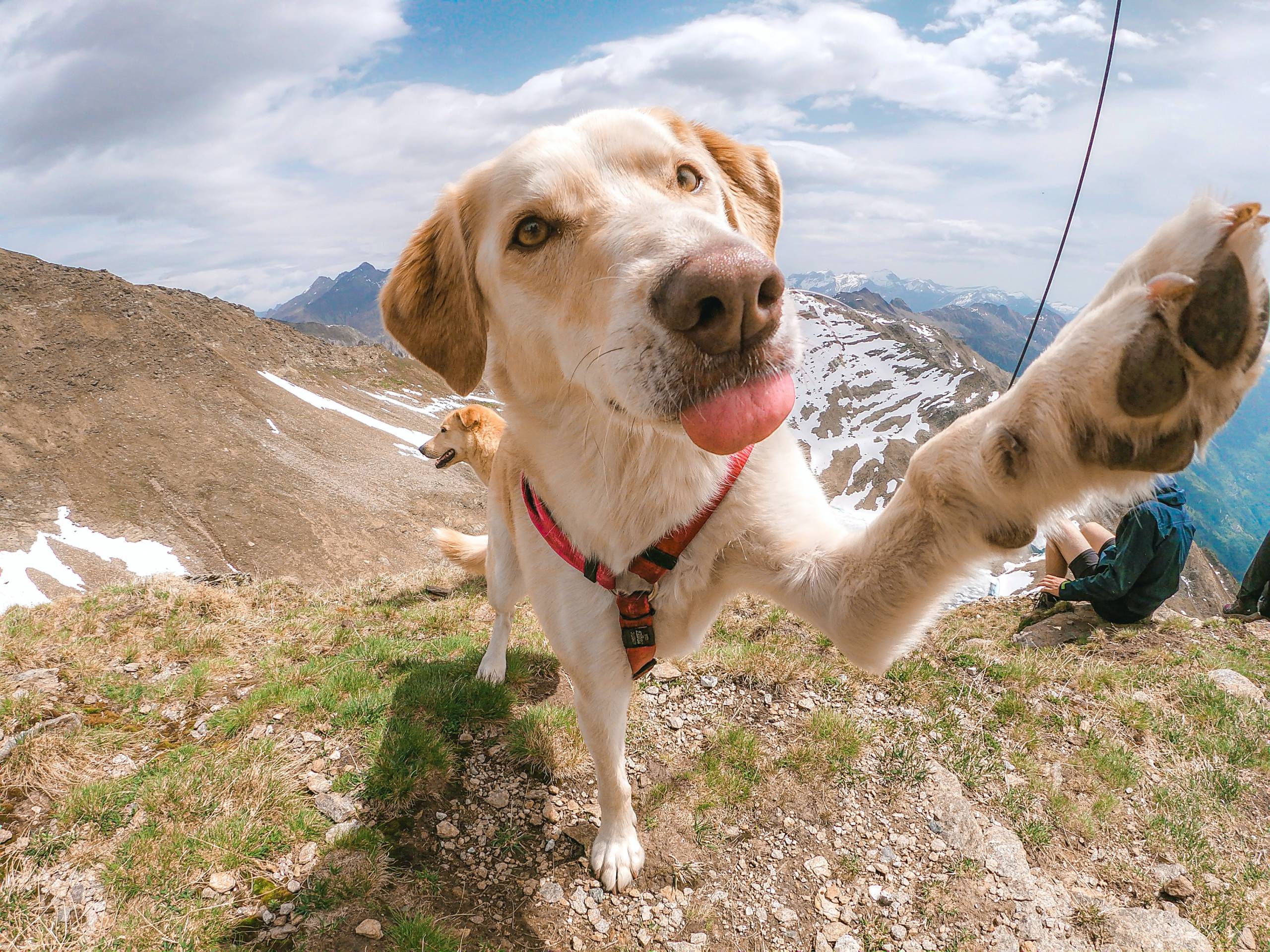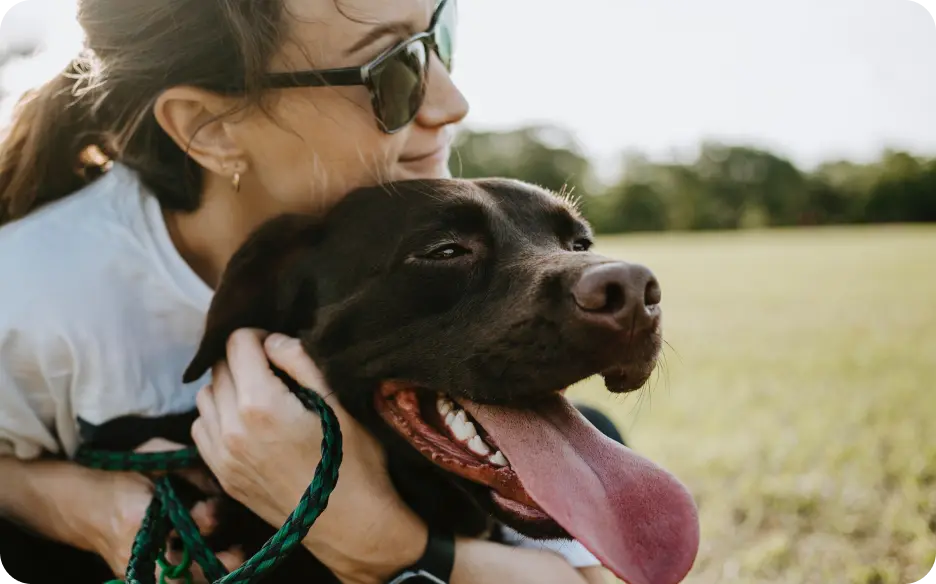Why Is My Dog Suddenly Aggressive Towards Me?
Post Date:
December 10, 2024
(Date Last Modified: December 13, 2024)
Experiencing unexpected aggression from your dog can be distressing. When you find yourself questioning why your dog has become aggressive, it’s essential to recognize that this behavior often signals underlying issues. Dogs, like people, can undergo emotional and physical changes that lead to such reactions, and identifying these changes is crucial for addressing the situation effectively.
Manifestations of Aggression
Aggression in dogs can show up in various ways, such as growling, snapping, or biting. When this behavior arises unexpectedly, it can feel like a betrayal. You might wonder about the triggers behind this change, and it’s important to know that the roots of aggression are rarely simple; multiple factors can contribute to it.
Fear as a Trigger
One common cause of sudden aggression is fear. Dogs are instinctively protective, and if they feel threatened, they may respond aggressively. This can occur after a frightening experience, such as loud noises, unexpected visitors, or negative encounters with other animals. If your dog associates you with that fear, it can lead to aggressive behavior, which can be heartbreaking for any owner.
Physical Pain and Discomfort
Pain is another significant factor that can lead to sudden aggression. A dog in physical discomfort might react negatively when approached or touched, even by their owner. Conditions like arthritis, injuries, or dental issues can cause pain that manifests as aggression. If your dog has become more irritable, consulting a veterinarian can help rule out any medical concerns.
Changes in Environment and Routine
Significant changes in the household or daily routine can contribute to aggression. Dogs thrive on consistency, and disruptions—such as moving to a new home, the arrival of a new baby, or changes in work schedules—can induce anxiety. This anxiety may trigger defensive responses, especially if the dog perceives these changes as threats to their territory or family.
The Importance of Socialization
Socialization plays a vital role in a dog’s behavior. Insufficient socialization during their early months can lead to fear or aggression in unfamiliar situations or with new people. If your dog has not been exposed to a variety of environments and social interactions, they may react aggressively when they feel overwhelmed.
Resource Guarding Behavior
Aggressive behavior can also stem from resource guarding. Dogs can become possessive over their toys, food, or even their owners. If your dog shows aggression when you approach during mealtime or playtime, this may indicate resource guarding. While concerning, this behavior can often be addressed through training and behavior modification strategies.
Stress and Anxiety Factors
Stress and anxiety can significantly impact your dog’s behavior. Various factors—like environmental changes, conflicts with other pets, or even your own stress—can cause dogs to exhibit aggression as a coping mechanism. They may feel the need to assert themselves to regain control over overwhelming situations.
Identifying Triggers
Understanding the reasons behind your dog’s sudden aggression requires careful observation. Take note of the context in which the aggression occurs. Are there specific situations, sounds, or people that trigger these reactions? Identifying these triggers is essential for addressing the behavior. Keeping a journal of your dog’s actions can help you discern patterns and potential causes.
Approaching Aggression with Care
When faced with aggression, it’s crucial to approach the situation with empathy. Avoid punishment, as this can escalate aggression and erode the trust between you and your dog. Instead, create a safe environment for both yourself and your pet. This might mean giving your dog space when they seem agitated or anxious.
Seeking Professional Help
Professional assistance can be invaluable in managing aggressive behavior. A certified dog trainer or behaviorist can assess your dog’s behavior and recommend tailored strategies for reducing aggression. They can help implement positive reinforcement training methods, which have shown effectiveness in changing negative behaviors.
Prioritizing Safety
Safety should be a top priority. If your dog’s aggression escalates or poses a danger, seeking immediate professional help is crucial. In certain situations, medication might be necessary to manage anxiety or aggression, and a veterinarian can provide guidance regarding these options.
Building a Strong Bond
Fostering a strong bond with your dog is key to addressing aggressive behavior. Spend quality time together, engage in gentle play, and work on training exercises that build trust and communication. Consistency and patience in your interactions can reassure your dog and may help reduce aggressive tendencies over time.
Experiencing sudden aggression from your dog can be challenging, but many dog owners face similar issues. With the right approach and support, it is possible to navigate this difficult situation and restore the loving bond you share with your furry companion. Understanding the root causes, observing closely, and seeking help when needed can lead to a more harmonious relationship. Patience and empathy will be your most effective tools in this journey, ultimately helping your dog feel safe and secure once again.





